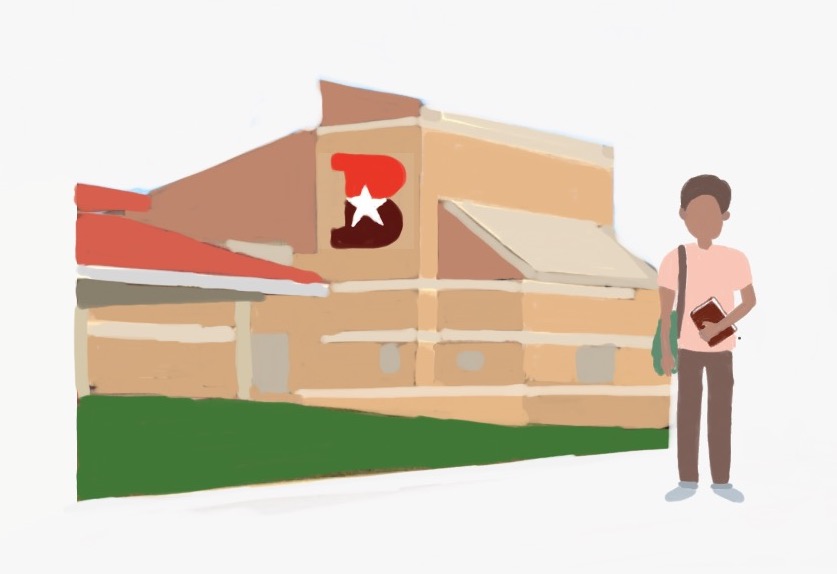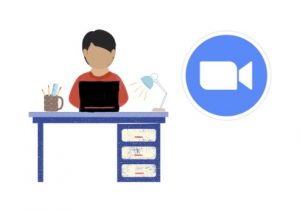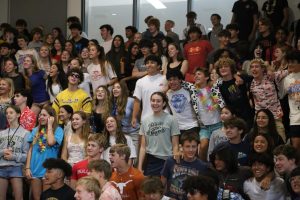Attending school on-campus could be beneficial to students
Phase two of the Austin Independent School District (AISD) back-to-school plan will begin on Monday, October 5. Phase two of this plan will introduce the use of Stationary Homeroom Instructional Pods (SHIPs).
September 30, 2020
With schools starting to open across the nation, learning has been different across the country due to COVID-19. Some school districts in Texas have been allowed to go back to school, but sadly Austin Independent School District (AISD) is not one of them.
This isn’t right; students need to get back to a normal lifestyle, which includes attending school in person. If students continue remote learning, it could affect the social and mental health of developing students.
According to the Centers for Disease Control and Prevention (CDC), data suggests that kids from ages five to 24 aren’t at a high risk of dying from the virus. In fact, as of mid-September, the death rate from students in that rage is less than 0.03 percent of the total population of five to 24-year olds. The virus is still a serious issue, but preventing the youth from a social learning experience looks to be more harmful than kids coming in contact with the virus.
If schools were to return, there should be policies in place to help prevent the spread of the virus. Schools should enforce wearing a mask while in school and have extra thorough sanitization in place. A graphic by Lompoc Valley Medical Center shows that if someone who is asymptomatic with COVID-19 is wearing a mask, and a person near them is wearing one also, the spread of the virus is very low. This is a very encouraging graph to enforce mask policies on school campuses across the nation and to help reopen schools while also staying healthy.
With most schools opening virtually starting in the fall, the excessive amount of screen time kids will be using daily has been overlooked. The Mayo Clinic Health System says for kids and young adults, around one to two hours a day is a healthy amount of screen time a day. Remote learning is around seven hours of screen time, which is about five to seven times the recommended time for our eyes to be looking at a screen. That’s not even considering homework and the use of personal devices.
I understand that people are aware that teenagers are less likely to be severely impacted from COVID-19 but still believe school should be virtual due to the fact that the virus could be spread to older people who are definitely at risk. However, if everyone were to follow mask and social distancing policies, it would help eliminate that possibility.
Although it is a concern that a mask is not a guaranteed way to stop the spread of COVID-19, it has been proven by the CDC that it lowers the spread rate of the virus even if you have the virus.
I also understand that some people believe that the screen time usage for virtual school is not a big deal because so many young people already go on their screens way too much anyways. This is a terrible way to look at things because actually being able to go to school allows students to be away from their phones.
Regardless, the debate of whether or not students should be allowed to go back to school like normal will continue to be discussed. There are far more risks of unhealthy procedures at home than there would be in person on a school campus.











